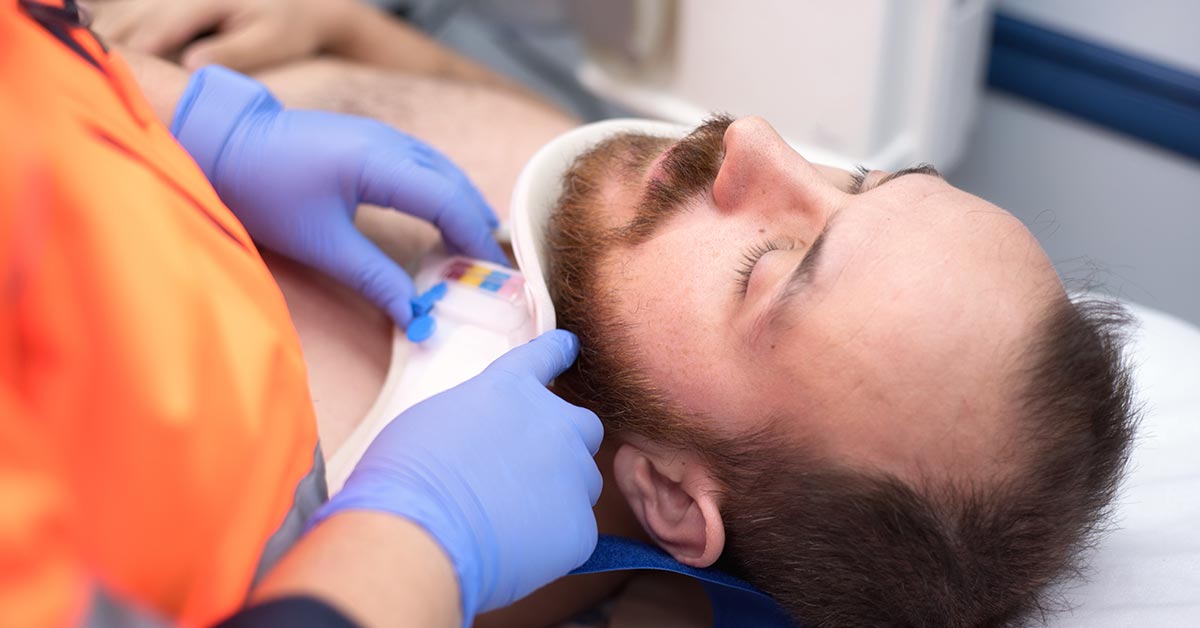
There’s only so much your head and shoulders can take! Dealing with whiplash on top of a traumatic head injury is not easy. Worse, the client we’re talking about today lived with head and neck injury pain for almost a decade without finding relief from popular therapies.
It all started with a golf ball!
We’re not joking. Imagine being out on the expanse of a golf course and receiving a head injury from something as small as a golf ball. It’s rarely fatal, but even a golf ball can cause severe damage to your head, resulting in concussions or skull fractures.
A Look at Head and Neck Injuries
Head and neck injuries can cause you both physical and emotional discomfort and instability.
Your neck is particularly vulnerable to issues arising from head injuries, due to damage to the cervical joint. This joint connects the seven cervical vertebrae in the neck region of your spine and allows for movement and flexibility in your neck.
When this joint is damaged and inflamed, it can cause:
- neck pain
- stiffness
- limited range of motion
- headaches
- pain in your arms or shoulders
- numbness/tingling in your arms or hands
Craniosacral therapy is a popular technique for treating head and neck injuries. The therapist lightly massages the skull to relieve tension. The therapy can bring benefit, but it may only work for some, as today’s client found out.
Finding Relief From Head Injury After 10 Years
The client – a 57-year-old male – had been experiencing daily pain since being hit in the left temple by a golf ball in 2014.
He was diagnosed with traumatic brain injury and a brain bleed, and had since been in three car accidents where he also experienced whiplash from being rear-ended.
He had nausea, headaches, brain fog, neck pain, limited range of movement in his neck – especially side to side – and felt like his neck and the back of his head were “very electric.”
Over the years, he underwent regular alternative therapy sessions, but found no substantial improvement.
However, after the first session of Electro-Equiscope therapy – which included ear clips protocol, a headband, and a Y-probe to the neck/upper back – he reported a 45% improvement in the range of motion in his neck and a 60% decrease in his pain.
He returned for multiple headband sessions, bilateral spinal, and Y-probe to his neck and back. After each session, he reported feeling calm, was pleased with the results, and planned to return for future sessions.
Equiscope Therapy’s Holistic Approach

Unlike craniosacral therapy, Equiscope goes beyond alternative therapy: It takes into account the entire body. Using biofeedback, and adjusting the output accordingly, the Equiscope helped address the root cause of the client’s injuries and reduced the inflammation in his cervical joint.
This “intelligent” approach – via autocorrecting microcurrent electrotherapeutic technology – helps to alleviate symptoms and promote accelerated healing by stimulating the body’s natural regenerative capabilities.
In fact, Equiscope’s preceding technology showed interesting clinical findings relevant to this topic. Of the 26 patients in that study, 24 (92%) exhibited improved cervical rotation at the end of microcurrent therapy. And at three-month follow-up, most patients had better measurements at three months than they did before treatment!
If you or someone you know suffers from a head injury and limited range of motion, it’s time to take action.
Intellbio (Intelligent Bioenergetics) is the exclusive distributor of the Electro-Equiscope, with providers all over the country. Contact us to find a practitioner or technician in your area – and unlock your path to recovery and restored wellbeing!
